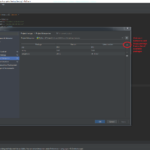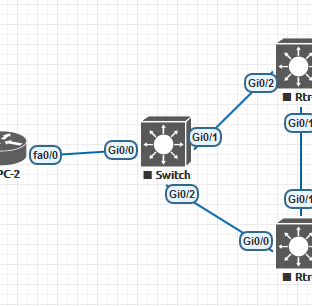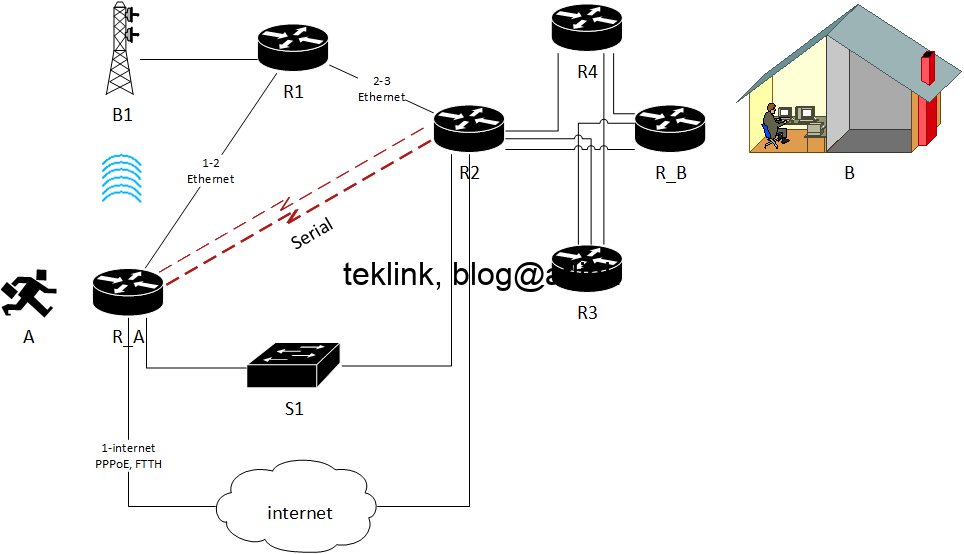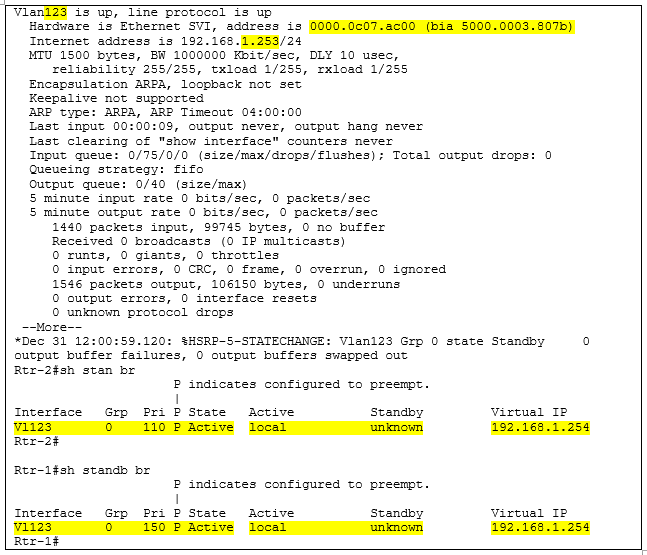
Then what happens then if I try to change the svi mac address on the backup router? In my setup?
The router accepts this configuration!
The standby router starts dropping the hello packet from the active router seeing its own mac address in the frame source and at the same time, it handles the active state.
Now in my network I have two routers with the same ip and mac address!
If the virtual mac address is not tight to the structure of the interface controller the only possibility is that the incoming packets are matched against the hsrp mac address table and that the outgoing packets (other than control or management hsrp packets) uses the primary mac address.
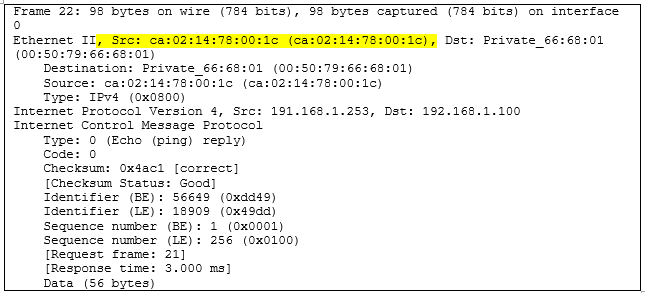
I ping from PC-1 to the virtual @ip of the active router Rtr-1. The captured reply packet shows that the response is sourced from the primary mac address not the virtual mac address.
In conclusion,
HSRP is about accepting and forwarding packets that have the virtual router MAC address as the destination.
In our lab setup, only the active router adds an entry of the virtual IP address in its ARP table (IP and MAC) and its IP alias table, which enables it to respond to ARP requests.
Incoming packet forwarding (from PC-1) would rely on an “hsrp mac address” table that is a part of actual mac address table or equivalent.
It is hard to see how this implementation conforms to the RFC saying that: “MAC addresses are typically provided in an address filter or ‘list’ of MAC addresses in a router’s interface controller.”
Outgoing packet forwarding (towards PC-1) uses the interface primary address information and not the virtual mac-address.

